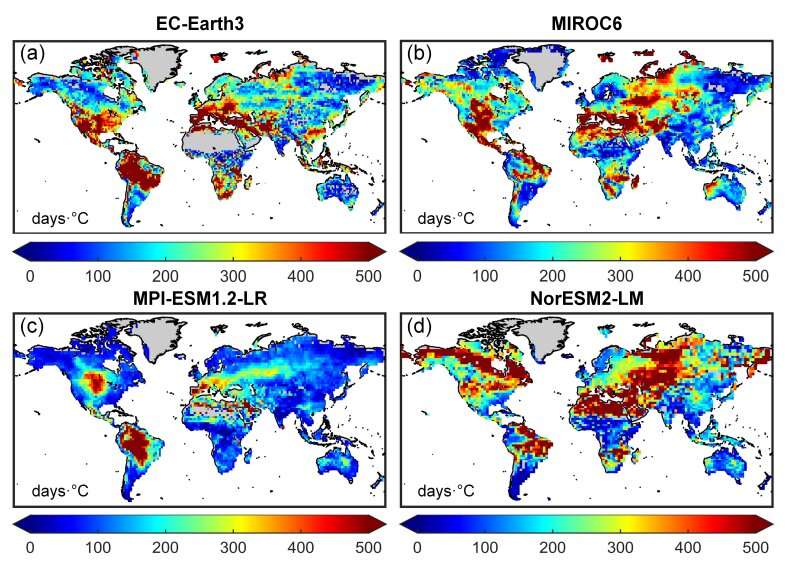A new study reveals a disturbing global trend: the alarming rise in compound drought-heat wave events in soils. This crisis poses a significant threat to ecosystems, carbon cycles, and food security worldwide. The research highlights the urgent need for sustainable policies and actions to protect our vital soil resources. Soil is the foundation of life on Earth, and understanding its changing hydrothermal conditions is crucial as the planet warms.

Uncovering the Escalating Threat of Soil Drought and Heat Waves
The study, published in the Proceedings of the National Academy of Sciences, reveals a startling global trend: the occurrence, duration, extremeness, and severity of compound soil drought-heat wave (SCDHW) events have been steadily increasing since 1980, particularly in the past two decades.
Led by Professor Zhang Yunlin from the Nanjing Institute of Geography and Limnology of the Chinese Academy of Sciences, the research team combined data from three state-of-the-art reanalysis datasets and four Earth System Model datasets to analyze the global SCDHW trends and variabilities, both in the past and future. They also incorporated long-term observational data to enhance the reliability of their findings.
“We observed a notable escalation of SCDHWs from 1980 to 2023, particularly in this century. Global warming, beyond all doubt, took the major responsibility, and the situation worsened in El Niño years,” said Professor Zhang, the corresponding author of the study.
Soil Drought and Heat Waves: A Threat Greater Than Meets the Eye
The researchers made a crucial discovery: SCDHWs in soils were stronger and increased faster than those in the air. This finding challenges the common practice of expressing compound drought-heat waves (CDHWs) in terms of meteorological measures, such as air temperature.
“For the sake of data accessibility, we used to express CDHWs in terms of meteorological measures such as air temperature. However, this common practice might underestimate the severity of SCDHWs, and the adverse impact on the carbon cycle,” said Dr. Fan Xingwang, the first author of the study.
The researchers also found that SCDHWs were more intense in the northern hemisphere and longer-lasting in the southern hemisphere. Particularly, the severity of SCDHWs increased rapidly in the northern high-latitudes, where soil temperatures were typically low and warming was highly pronounced.
These findings have far-reaching implications for both carbon neutrality goals in the northern hemisphere and food security goals in the southern hemisphere, as the escalating SCDHWs pose a significant threat to ecosystems, carbon cycles, and agricultural productivity.
The researchers used a space-for-time substitution approach to project that the degradation of forests and conversion of wetlands to croplands will only worsen the severity of SCDHWs in the future.
Urgent Call for Action: Preserving Soils to Safeguard Our Future
The study’s findings highlight the critical importance of integrated watershed management and sustainable policies to protect soils from the risks of desiccation and overheating.
“We must continue our efforts to preserve natural ecosystems,” said Professor Zhang.
If no action is taken, the researchers project that formidable global SCDHWs will occur by the end of this century, with a mean duration exceeding 70 days and a soil temperature anomaly reaching 10°C under the SSP5–8.5 emission scenario.
“The mean duration of individual SCDHWs will increase substantially, which means that soil biota and plant root systems will struggle to recover from extreme water and heat stresses,” said Dr. Fan.
The study’s findings underscore the urgent need for policymakers, land managers, and the public to prioritize the protection of our vital soil resources. Failure to act may result in devastating consequences for the Earth’s ecosystems, carbon cycles, and food security, ultimately jeopardizing the well-being of generations to come.
By raising awareness and advocating for sustainable land-use practices, we can work together to mitigate the escalating threat of soil drought and heat waves, and safeguard the future of our planet.
